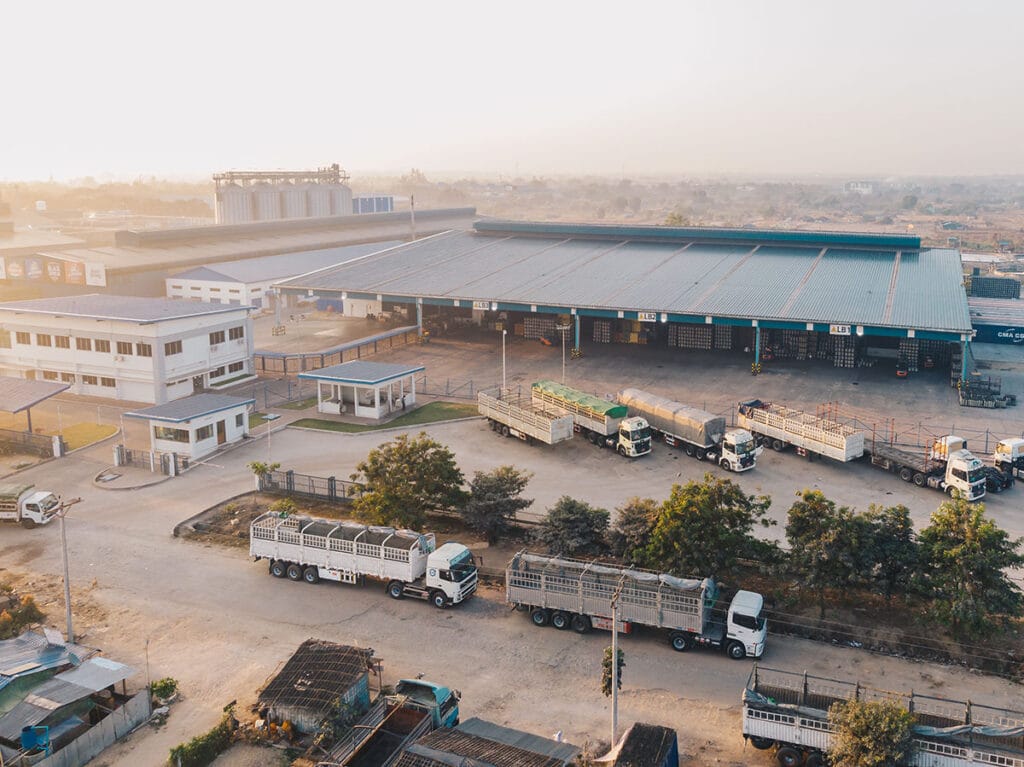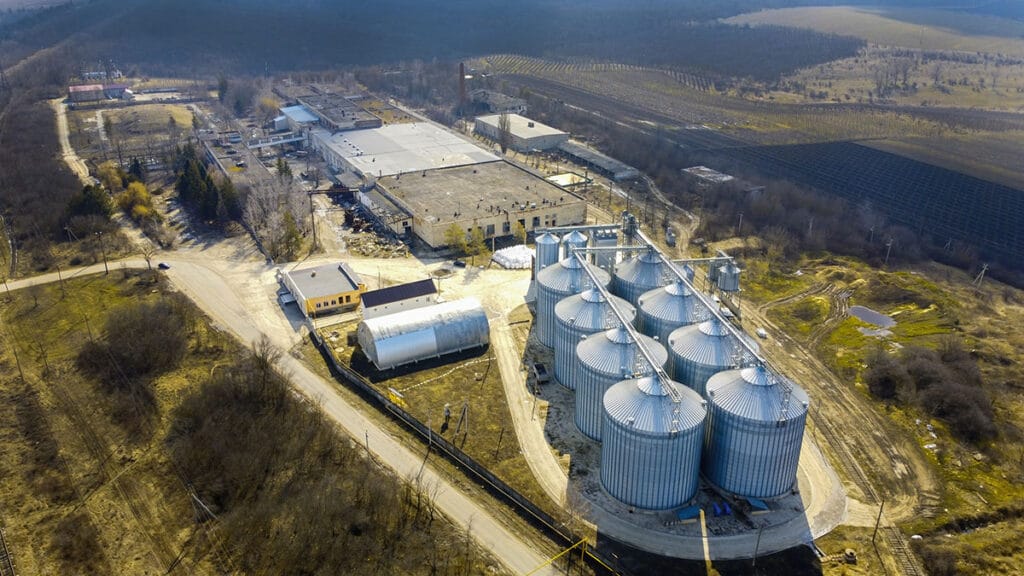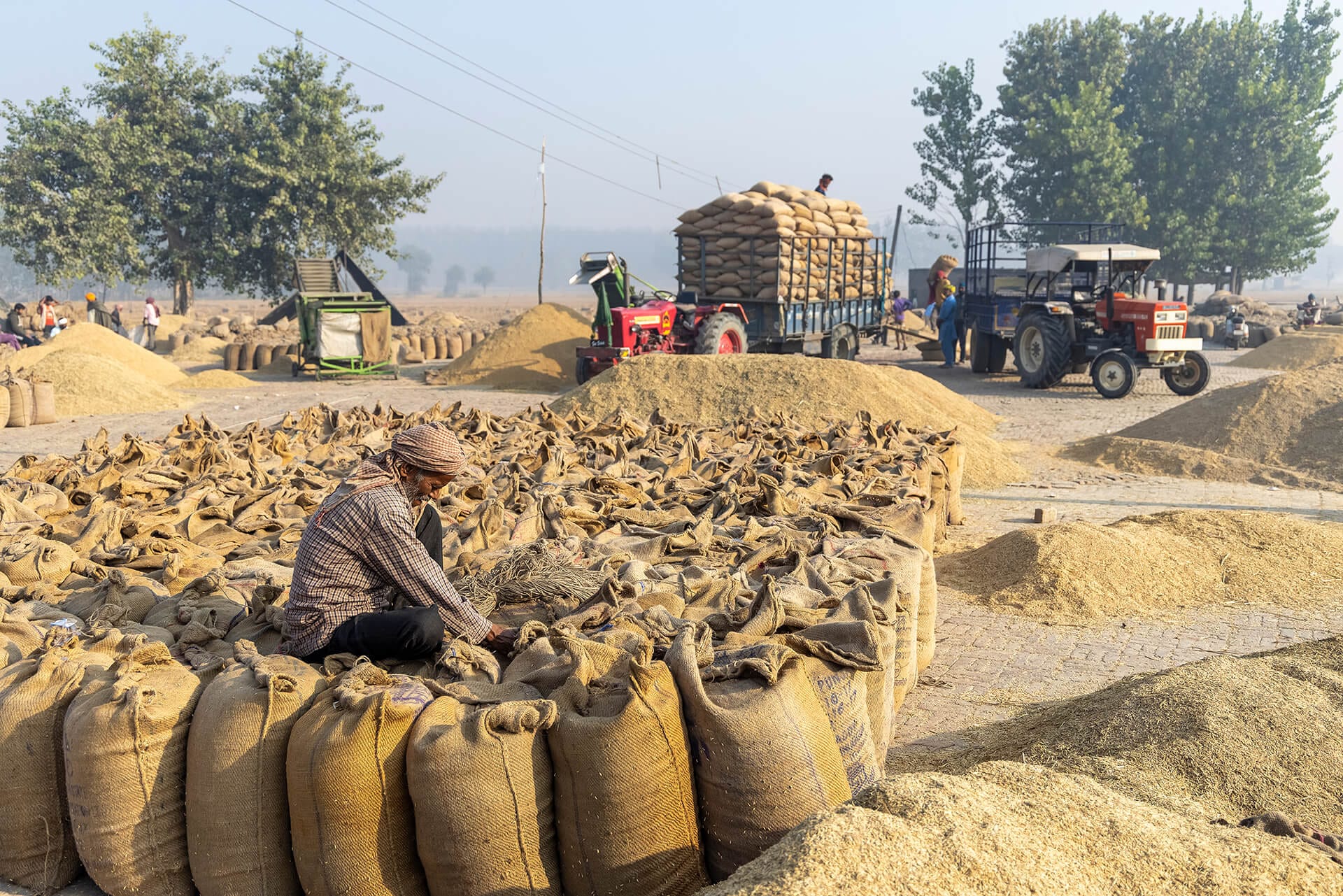Introduction
India is the fifth largest economy in the world as per World GDP Ranking 2023 list with United States of America, China, Japan, Germany economies ahead of it. India has been able to maintain its fifth position, lead over United Kingdom with growing domestic demand, strength of macroeconomic fundamentals, high saving rates and commendable fiscal discipline and is expected to grow at a rate of 6.5% in 2023-24.
Public procurement amounts to 20-22% of a nation’s GDP and therefore an efficiently run public procurement process is critical to our nation’s economy. A well-functioning and efficient public procurement system helps the development process by improving the strategic and efficient allocation and utilization of government expenditure i.e. public procurement.
Public procurement is the procurement of goods, services and works on behalf of a public authority, such as a government agency. Globally, government procurement accounts for a substantial part of the global economy. Governments, just like private companies, have to buy goods and services for their operational needs. Procurement of goods and services is carried out by various ministries, departments, municipal and other local bodies, statutory corporations and public undertakings both at the Centre and at the State level.
GeM was established in 2016 to provide Government buyers an end-to-end digital platform to carry out public procurement of goods at cost-effective rates. GeM aims to enhance transparency, efficiency and speed in public procurement. It provides the tools of e-bidding, reverse e-auction and demand aggregation to facilitate the government users, achieve the best value for their money. GeM’s transparent practices, such as competitive bidding, have helped government departments and public sector undertakings save about INR 40,000 crore of taxpayers’ money. Such initiatives have helped the government substantially raise welfare expenditures without compromising fiscal health.

As public procurement utilizes a substantial portion of taxpayers’ money, government bodies are expected to follow strict procedures to ensure that the process is fair, efficient, transparent and minimizes wastage of public resources. To prevent fraud, waste, corruption, or local protectionism, the laws of most countries regulate government procurement to a greater extent. Laws usually require the procuring authority to issue public tenders if the value of the procurement exceeds a certain threshold. Government procurement is also the subject of the Agreement on Government Procurement (GPA), a plurilateral international treaty under the auspices of the World Trade Organization.
The increasing volume of public procurement opportunities in India, coupled with the scale and magnitude of government projects, holds tremendous economic potential for both local and overseas companies. The recent upward trend in procurement opportunity in India can be attributed to a variety of measures and initiatives.

Legal and regulatory public procurement framework
The legal and regulatory public procurement framework in India broadly comprises the following elements:
- Constitutional provisions: The Constitution of India authorises the Central and State Governments to contract for goods and services in the name of the President of India or the Governor of the State (respectively), and directs autonomy in public spending. However, it does not stipulate any procurement policies or procedures.
- Legislative provisions:
- There is no comprehensive central legislation exclusively governing public procurement. Nonetheless, various procurement rules and policies (see below) are guided by central legislations such as the Contract Act 1872, Sale of Goods Act 1930, Prevention of Corruption Act 1988, Arbitration and Conciliation Act 1996, etc.
- In addition, certain states, like Tamil Nadu, Karnataka, Andhra Pradesh, Assam and Rajasthan have enacted state-specific legislation such as the Tamil Nadu Transparency in Tenders Act, 1998, Karnataka Transparency in Public Procurement Act, 1999, the Rajasthan Transparency in Public Procurement Act, 2012, etc., that govern procedure for procurement in these states.
- Administrative guidelines:
- Comprehensive administrative rules and directives on financial management and procedures for government procurement are contained in the General Financial Rules (GFR) initially implemented in 1947 and last modified in 2017. All government purchases must strictly adhere to the principles outlined in the GFR, which include specific rules on procurement of goods and services and contract management.
- In addition, the Manual for Procurement of Goods, 2017 (MPG) contains guidelines for the purchase of goods, and the Delegation of Financial Powers Rules, 1978 (DFPR) delegate the government’s financial powers to various ministries and subordinate authorities.
- In 2017, the government issued the Public Procurement (Preference to Make in India) Order 2017 which grants purchase preference to local suppliers based on certain conditions so as to promote manufacturing and production of goods and services in India.
- Overseers: The framework is bolstered by authorities including: (a) the Central Vigilance Commission (CVC) tasked with increasing transparency and objectivity in public procurement; (b) the Competition Commission of India (CCI) which checks anti-competitive elements; and (c) the Central Bureau of Investigation (CBI) engaged for investigation and prosecution of the criminal activities in the procurement process such as probity issues.
In summary, a public procurement process must adhere to: (i) GFR and MPG; (ii) sector-specific procurement rules contained in manuals published by the relevant ministry; and (iii) state-specific legislation on transparency in procurement. As between the procurer and the supplier, these rules above flow down via a tender award and a contract.

Public Procurement (Preference to Make in India)
Government has issued Public Procurement (Preference to Make in India) to encourage ‘Make in India’ and to promote manufacturing and production of goods, services and works in India with a view to enhancing income and employment. This Order is issued pursuant to Rule 153 (iii) of the General Financial Rules 2017. The salient features of the aforesaid Order are as under:
- The Order is applicable for procurement by Ministry / Department / attached / subordinate office of, or autonomous body controlled by, the Government of India and includes Government companies as defined in the Companies Act.
- In procurement of all goods, services or works in respect of which the Nodal Ministry/ Department has communicated that there is sufficient local capacity and local competition, only ‘Class-I local supplier’, as defined under the Order, shall be eligible to bid irrespective of purchase value.
- The margin of purchase preference shall be 20%. ‘margin of purchase preference’ means the maximum extent to which the price quoted by a local supplier may be above the L1 for the purpose of purchase preference.
- Classes of Local Suppliers based on local content as per the revised PPP-MII Order dated 04.06.2020 issued by the Department for Promotion of Industry and Internal Trade (DPIIT) are as under:
- Class-I Local supplier – a supplier or service provider, whose goods, services or works offered for procurement, has local content equal to or more than 50%.
- Class-II Local supplier – a supplier or service provider, whose goods, services or works offered for procurement, has local content more than 20% but less than 50%.
- Non-Local supplier – a supplier or service provider, whose goods, services or works offered for procurement, has local content less than or equal to 20%.
- Only ‘Class-I local supplier’ and ‘Class-II local supplier’ shall be eligible to bid in procurement of all goods, services or works, and with estimated value of purchases less than Rs. 200 crore.
Government E-Marketplace (GeM)
GeM has grown significantly, from nearly ₹8,500 crore in FY21 to nearly ₹1,82,000 crore in FY24. GeM has harnessed digital capabilities and has emerged as a one-stop-shop for procurement of all possible services that may be required by Government buyers at various levels of administration.
As we look ahead at the future of public procurement in India, a key focus for GeM is going to be the enhancement of the quality of the platform and the transactions therein, in parallel with building and sustaining the trust of buyers and sellers. To drive this involves four separate enablers:
- Setting specific and objective metrics for quality aspects for both buyers and sellers and publishing periodic results for the same;
- Developing an internal control framework to address procurement-related deviant behavior;
- Improving the portal’s efficacy; and
- Creating a more streamlined education and sensitization program on GeM and quality public procurement practices in general.
As a digital platform, GeM to enhance use of data and related technologies like AI/ML, blockchain, etc., along with focused teams driving initiatives and programs around risk and fraud control. The technology-led approach, underlined by GeM’s commitment to the principles of transparency, efficiency and inclusiveness, will slowly and surely usher in the highest standards of quality in public procurement in India while also providing the buyers and sellers a fair, competitive and feature-rich platform for engaging in procurement activities.

Basic Underlying Principles
India’s regulatory and institutional framework seeks to ensure responsibility, accountability and efficiency in the public procurement regime. The underlying principle is to procure materials/services of specified quality at the most competitive prices in a transparent and non-arbitrary manner. Typically, various processes in Public Procurement involved include
- Need,
- Procurement Planning,
- Requirement Specification,
- Tender Preparation,
- Tender evaluation,
- Contract Award and
- Contract Performance.
This is evident in the GFR which declares that all authorities delegated with the financial powers of procuring goods in public interest will be responsible and accountable to ensure efficiency, economy and transparency, fair and equitable treatment of suppliers, and the promotion of competition in public procurement. To this end, specific measures have been set out under the GFR including adherence to a code of integrity to address probity issues, etc.
Further, the Supreme Court of India has recognised that while the government must have freedom of contract:
- All contracts by the State should only be granted by public auction/tenders to ensure complete transparency and provide all eligible persons with the opportunity to participate in the auction;
- All official acts must be actuated by public interest, and should inspire public confidence;
- Generally, the State should not grant contracts by private negotiation (subject to certain exceptions based on the nature of the trade, emergency circumstances, single source supply, etc.); and
- Appearance of public justice is as important as doing justice (i.e. government actions should not only be fair but should also be seen to be fair, and nothing should be done which gives an impression of bias, favoritism or nepotism).
The regulatory framework covers all contracts offered by the government at the central, state or local level. Examples of types of contracts covered include PPP contracts, concession agreements, operation and maintenance contracts, engineering procurement and construction contracts, supply of equipment, supply of services, transfer of technology, etc.

Sectors Specific Special Rules in Procurement
There is no comprehensive central legislation exclusively governing public procurement in India. Instead, the public procurement regime comprises a framework of overlapping administrative rules and guidelines, sector-specific manuals and state-specific legislation.
- Defence: Governed by the Defence Procurement Procedure, 2016 (DPP) and the Defence Procurement Manual 2009 (as amended from time to time) which envisage various modes of procurement including indigenous, capital, local purchase, etc.
- Railways: Governed by a number of specific laws and uses the Indian Railway e-Procurement Systems (IREPS) for procurement.
- Energy: New Exploration Licensing Policy (NELP) under the Petroleum and Natural Gas Regulatory Act, 2006, provides for the evaluation of bids according to a quantitative bid evaluation criterion.
- Electronics: The Preference for Domestically Manufactured Electronic Products Policy (2013) applies to all ministries/departments (except the Ministry of Defence) for electronic product procurement for government purposes.
- Electricity: Electricity Act, 2003 provides for the determination of tariffs through bidding processes by distribution licensees for the procurement of power.
- Telecoms: Guided by the National Telecom Policy (currently in the process of being re-worked to transition from physical to digital infrastructure. See question 8.1 below).
- Renewables: The Ministry of New & Renewable Energy has released a National Policy on Biofuels and a Strategic Plan for New and Renewable Energy Sector. In 2017, the government issued guidelines for wind power procurement to enable the distribution licensees to procure wind power at competitive rates in a cost-effective manner.
- Micro, small and medium-sized enterprises (MSMEs): Under the Public Procurement Policy for Micro and Small Enterprises Order 2012, a minimum of 20% of annual value of goods/services of the Central Government and public sector undertakings (PSUs) must be procured from micro and small enterprises (with further reservation of 4% in favour of MSMEs owned by ‘backward classes’).
- Pharmaceuticals: Pharmaceutical Purchase Policy 2013 reserves the procurement of certain medicines from Central Public Sector Enterprises.
National Laws- Relevant to Public Procurement
Transparency, competition and curbing of probity issues are further ensured through:
- Competition Act, 2002: Penalises anti-competitive activities such as bid rigging, collusive bidding, cartelisation, and abuse of dominance.
- Right to Information Act, 2005: Promotes transparency in government dealings by entitling Indian citizens to expeditiously procure information from the government through a “right to information” application.
- Integrity pact under the GFR and CVC guidelines: Addresses probity in procurement activities including through the appointment of an external monitor to mitigate corruption and ethical risks.
- Prevention of Corruption Act, 1988 and Prevention of Money Laundering Act, 2002: Penalise bribery and money-laundering and provide for confiscation of property derived from money-laundering and other illicit activities.

Opportunities
One of such major initiative of Government of India (GOI) is that, foreign investors are today being granted greater access to the breadth of India’s market than ever before. GOI has further liberalized investment and increased foreign direct investment inflow into India, easing investment caps and opening up previously restricted sectors to overseas investors.
Another such an initiative towards modernizing existing infrastructure and equipment has also resulted in a number of procurement opportunities. Other new initiatives such as “Digital India” and “Make in India” are geared towards improved physical and social infrastructure, connectivity and local design and manufacturing capability. Nonetheless, working with the government can be a mixed bag of opportunities and challenges, and business exposure to the public sector is not without legal and compliance risks.
Challenges and Concerns
The principle underlying India’s public procurement regime is the acquisition of materials and services of specified quality at the most competitive prices, in a transparent and non-arbitrary manner. Nonetheless, the absence of a central procurement regulation enabling procuring authorities with scope to tweak guidelines and contract format, leads to confusion on one hand and rigidity on the other. In fact, different agencies may even prescribe varying qualification criteria, financial terms, selection procedures etc. for similar public sector work.
Suppliers supplying goods and services to the Indian government must carefully navigate the convoluted procurement framework. Falling foul, inadvertently or otherwise, of any procurement conditions under the tender documents or the aforementioned rules and guidelines could result in the tender award being challenged / disqualified and the contract cancellation, and the supplier being blacklisted for up to 3 years.
In addition, supplying to the government may involve some unique risks and practical concerns, such as
- Slow and complex tender process
- Delayed decision – making,
- Limited scope of negotiations
- Legality in use of agents etc.
Conclusions
In the absence of any specific law, public procurement and other related financial matters are governed by GFR 2017 promulgated by the Ministry of Finance. These rules are applicable to all central ministries and their attached and subordinate bodies. These are also deemed to be applicable to the autonomous bodies which do not have their own government-approved financial rules.


